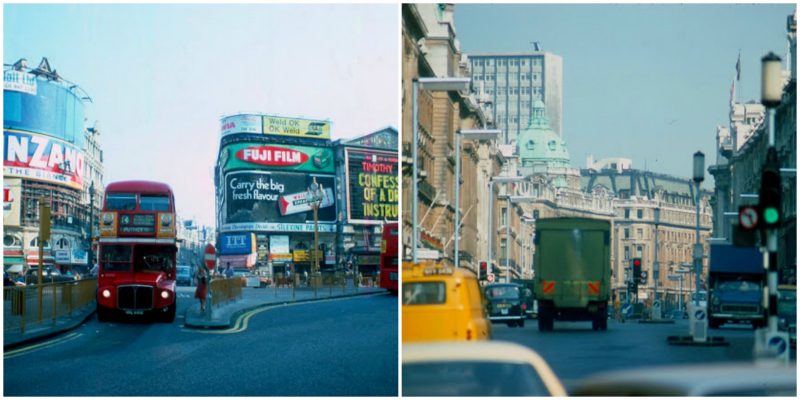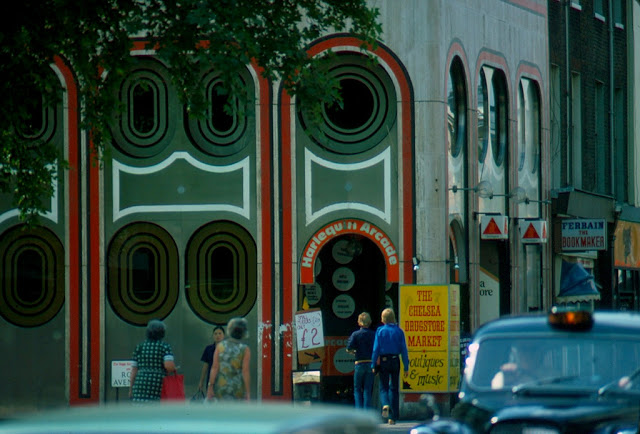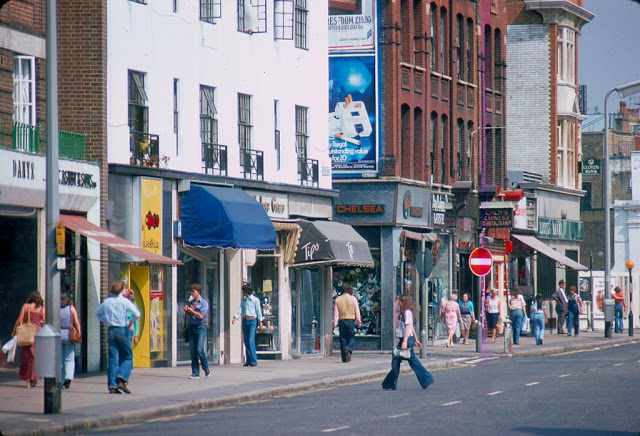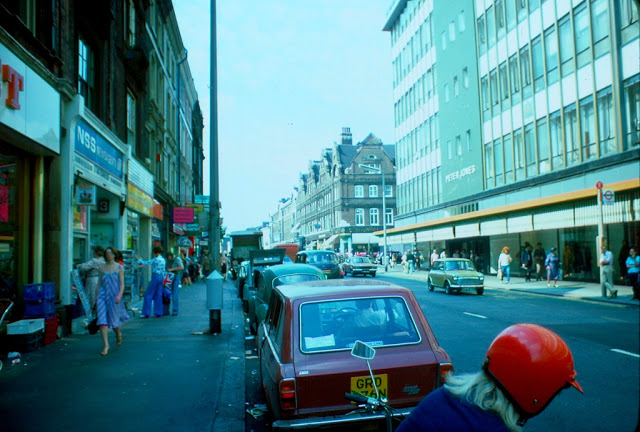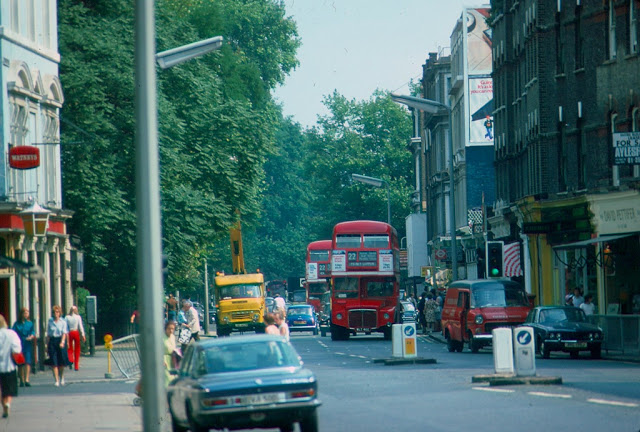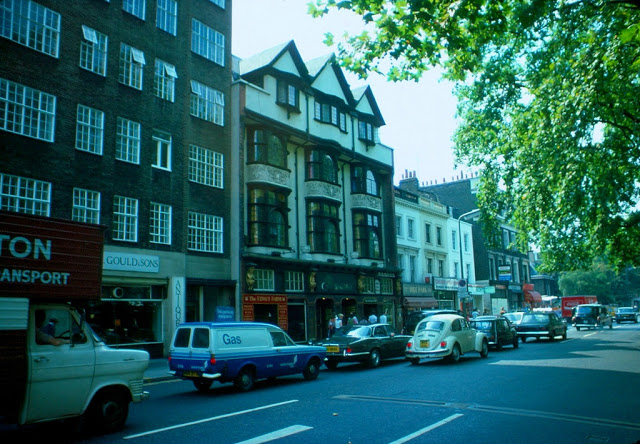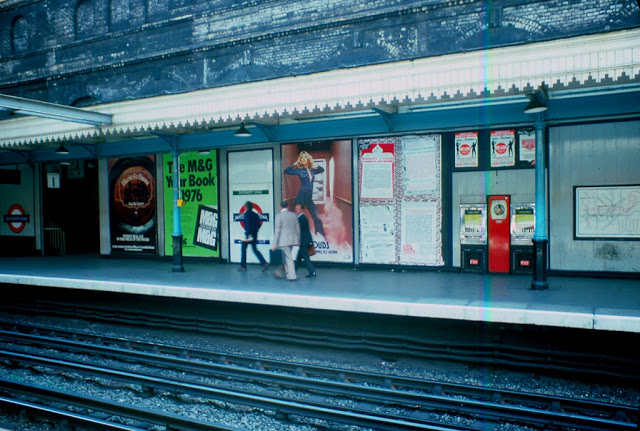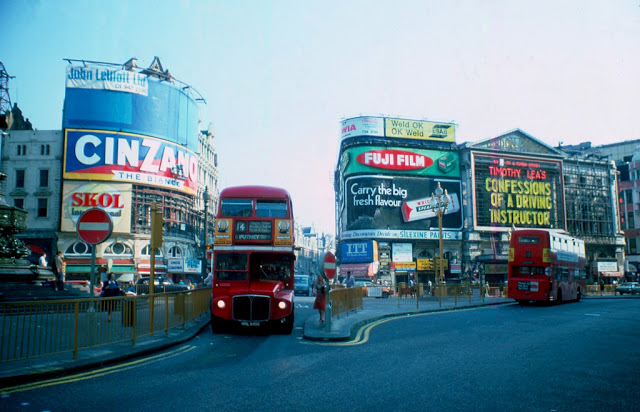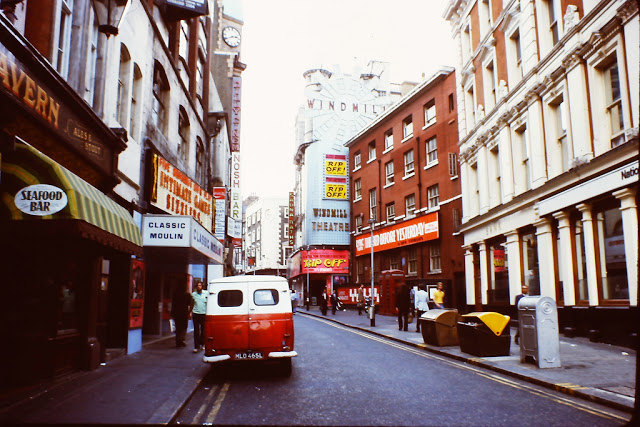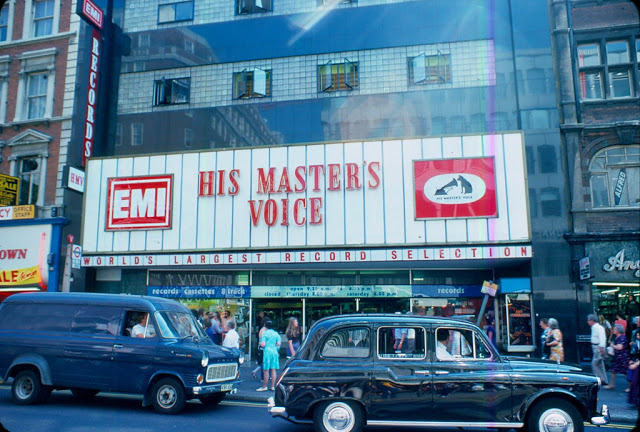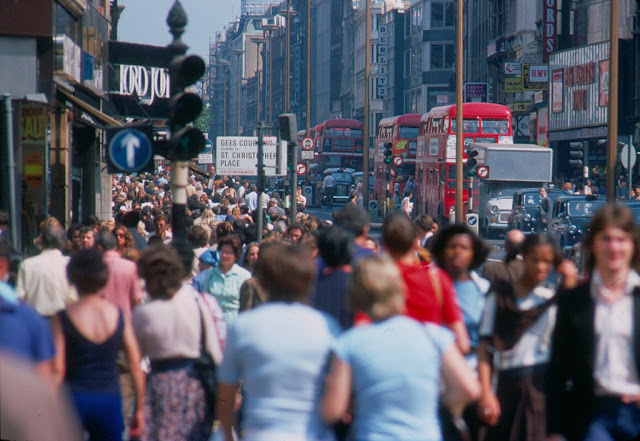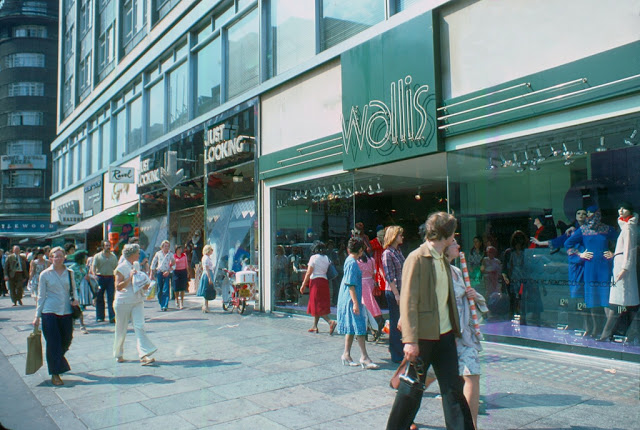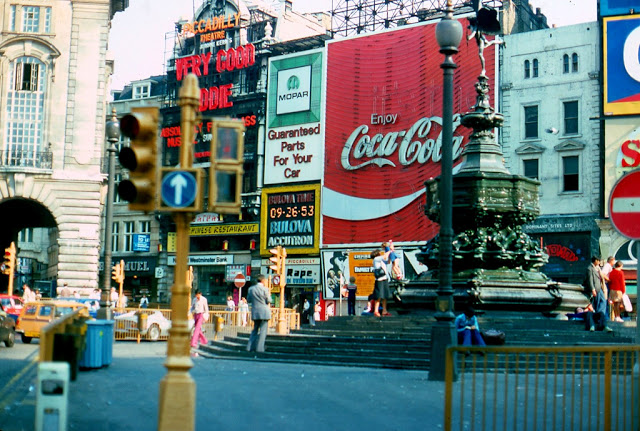The City of London is its historic core and today is its primary financial district, though it now represents a tiny part of the wider metropolis of Greater London.
Starting in the mid-1960s, and partly as a result of the success of such UK musicians as the Beatles and the Rolling Stones, London became a centre for the worldwide youth culture, exemplified by the Swinging London subculture which made Carnaby Street a household name of youth fashion around the world. London’s role as a trendsetter for youth fashion was revived strongly in the 1980s during the new wave and punk eras. In the mid-1990s this was revived to some extent with the emergence of the Britpop era.
From the 1950s onwards London became home to a large number of immigrants, largely from Commonwealth countries such as Jamaica, India, Bangladesh, Pakistan, which dramatically changed the face of London, turning it into one of the most diverse cities in Europe. However, the integration of the new immigrants was not always easy. Racial tensions emerged in events such as the Brixton Riots in the early 1980s
Take a look at the some nostalgic and beautiful photos of London streets taken by Klaus Hiltscher in 1976:
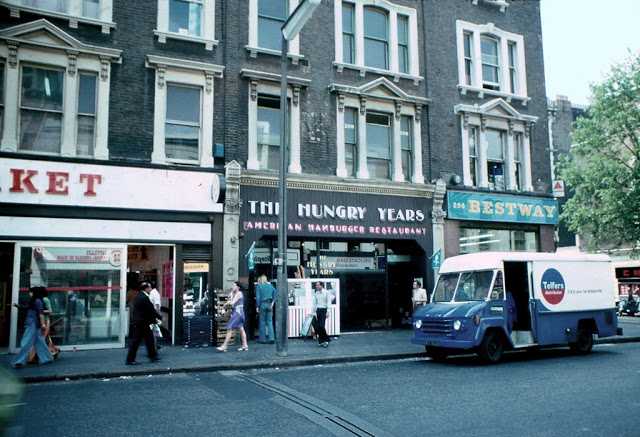
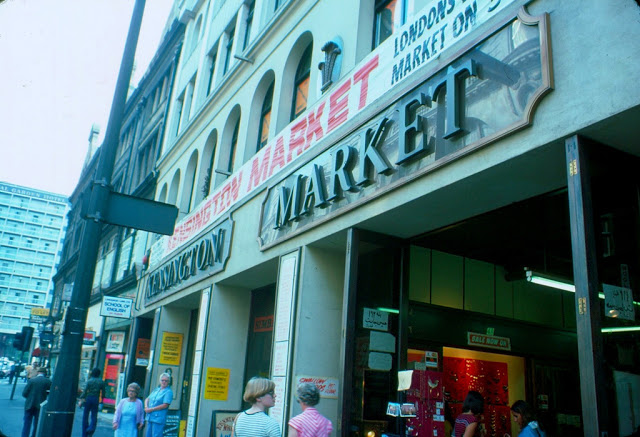
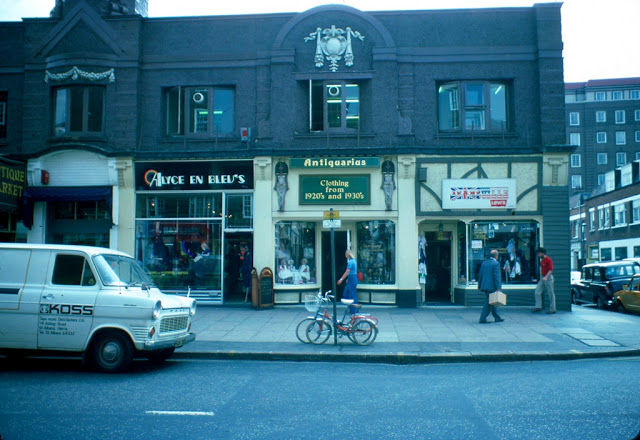
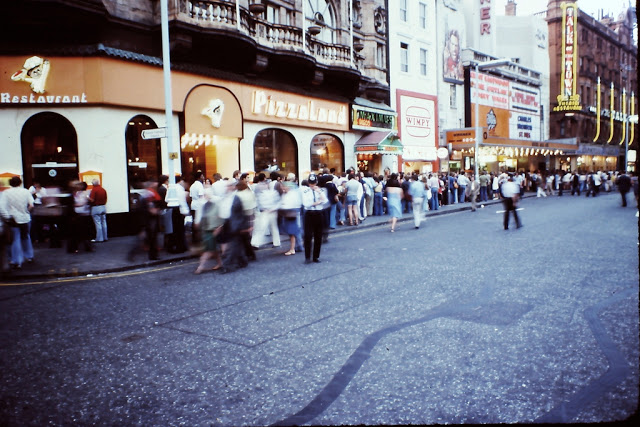
Through the 19th and in the early half of the 20th century, Londoners used coal for heating their homes, which produced large amounts of smoke. In combination with climatic conditions this often caused a characteristic smog, and London became known for its typical “London Fog”, also known as “Pea Soupers”. London was sometimes referred to as “The Smoke” because of this. In 1952 this culminated in the disastrous Great Smog of 1952 which lasted for five days and killed over 4,000 people. In response to this, the Clean Air Act 1956 was passed, mandating the creating of “smokeless zones” where the use of “smokeless” fuels was required (this was at a time when most households still used open fires); the Act was effective.
From the beginning of “The Troubles” in Northern Ireland in the early 1970s until the mid-1990s, London was subjected to repeated terrorist attacks by the Provisional IRA.
The outward expansion of London was slowed by the war, and the introduction of the Metropolitan Green Belt. Due to this outward expansion, in 1965 the old County of London (which by now only covered part of the London conurbation) and the London County Council were abolished, and the much larger area of Greater London was established with a new Greater London Council(GLC) to administer it, along with 32 new London boroughs.
Greater London’s population declined steadily in the decades after World War II, from an estimated peak of 8.6 million in 1939 to around 6.8 million in the 1980s. However, it then began to increase again in the late 1980s, encouraged by strong economic performance and an increasingly positive image. London’s traditional status as a major port declined dramatically in the post-war decades as the old Docklands could not accommodate large modern container ships. The principal ports for London moved downstream to the ports of Felixstowe and Tilbury. The docklands area had become largely derelict by the 1980s, but was redeveloped into flats and offices from the mid-1980s onwards. The Thames Barrier was completed in the 1980s to protect London against tidal surges from the North Sea.
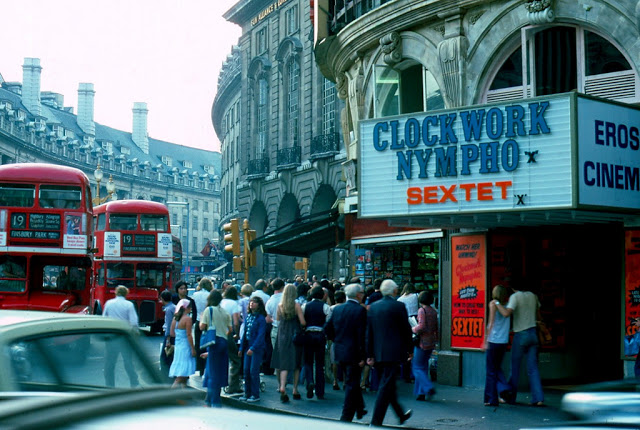
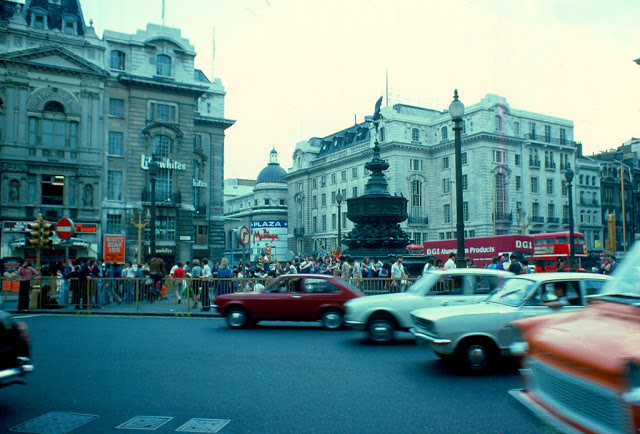
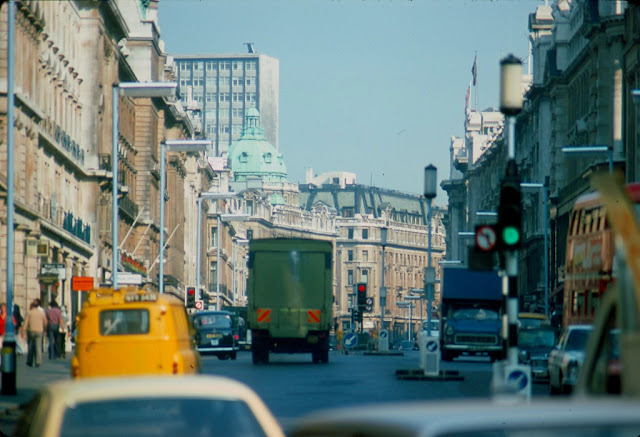
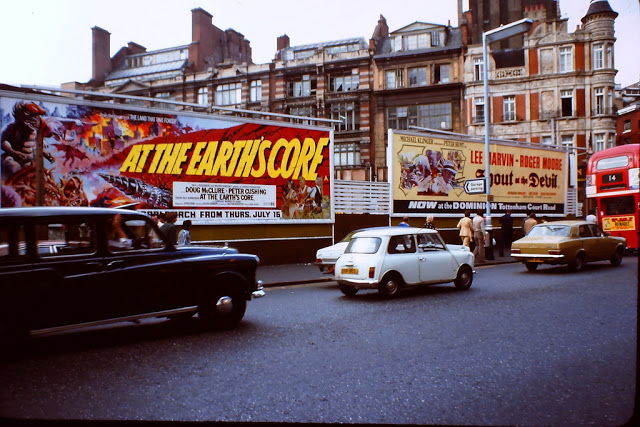
All photos taken by Klaus Hiltscher
